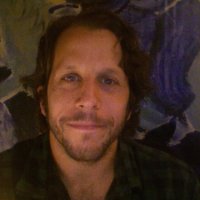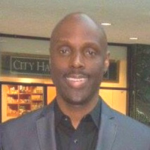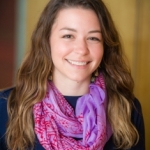
Matthew Glassman
For many of us working in the rural arts and culture movement, years have been spent incubating and developing our model. This April marks Double Edge Theatre’s 20th year of its Farm Center in Ashfield, MA---once a thriving dairy farm community that lost almost all of its nearly thirty farms over the course of the 80s. Double Edge previously was based in Boston and had established itself as an international company both in make-up and its touring/ research activities. The company first inhabited the Farm as a part time theatrical laboratory in April 1994 and eventually moved its full-time operations here by 1997 to create an international center for performance, collaboration, and training in the heart of rural Western Mass.
The Farm Center, a vision of Double Edge Founder and Artistic Director Stacy Klein, is this singular sort of place where creative research thrives and creativity and sustainability are deeply intertwined. The mutuality and duality between ‘W’ Work and ‘w’ work is fluid and holistic in the best and most earthbound sense. Performance, farming, administration, education, and deep individual and group research flow harmoniously on this fertile landscape in cyclical evolutions.
A slow, steady, and organic development has taken place in the past twenty years that includes renovations of barns, animal stalls, and buildings - but also a focused honing of our artistic practice and methodology and a continuous elevation of collaboration with our local community.
After recent touring to major cities in transition such as Baltimore and Hartford, as well as to more developed and gentrified places like Chicago and Washington D.C. (not to mention Moscow), it has become clear to our company through these interactions with these urban communities that now is the time for more highly developed inter-local exchange and cross pollination between these rural models and urban contexts as well as cross-pollination through rural to rural exchanges.
Read More















